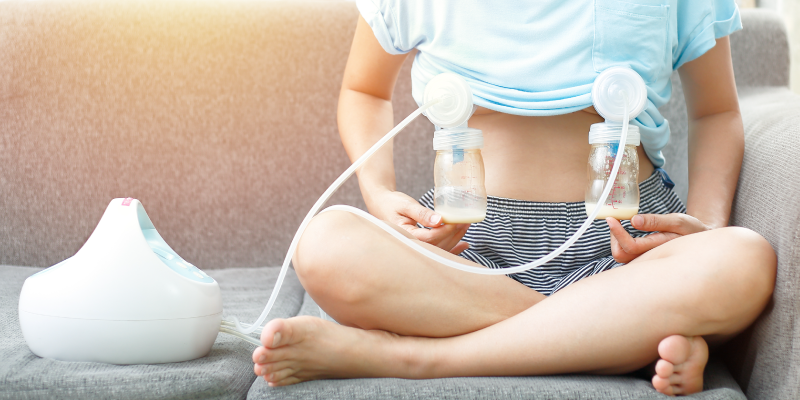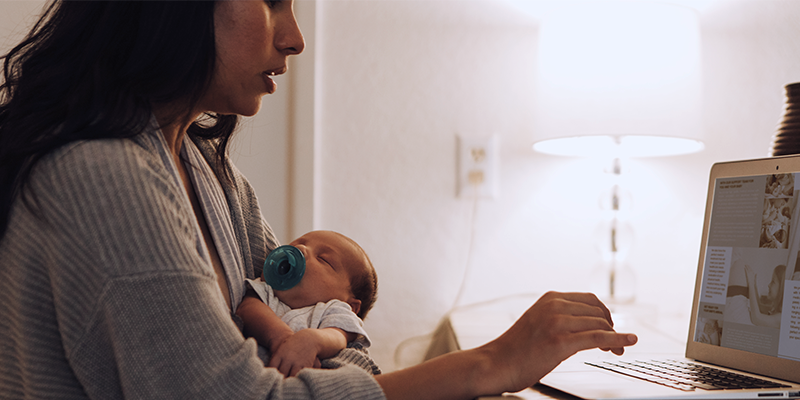Why is Skin-to-Skin Time so Important?
Getting ready to meet that little one? As you wait for delivery day, you might be dreaming of what it will be like to see baby’s face, snuggle close and be able to start your new life as a family. When preparing for all of this, you’ll likely see a lot about skin-on-skin or skin-to-skin time. It’s one of those buzz-worthy motherhood phrases that isn’t always explained in full.
Skin-to-skin time is pretty self-explanatory. It’s the act of holding, snuggling and spending time with your little one without any barriers. Just your skin against baby’s skin. But what’s not discussed as often is why you should practice this and why you should make it a priority. Skin-to-skin time offers a lot of benefits to both you and baby, and we’ve got the details.
Benefits of Skin-to-Skin Time
Supports breastfeeding.
Getting your newborn acclimated to being close to you and on your chest without barriers can help support your breastfeeding efforts and help with latching. Breastfeeding begins when your little one finds your nipple and starts suckling, so allowing closeness as soon as possible after birth can help to foster that instinct.
Can help with complications.
If you or your little one are having complications after birth, did you know that skin-to-skin time can help with that? The magic of our body chemistry and the bond between a mother and baby is real.
Regulates baby’s system.
Skin-to-skin time can help to regulate baby’s internal systems, like temperature, blood pressure and blood sugar.
Helps reduce postpartum depression.
While it’s not guaranteed, practicing regular skin-to-skin interactions can help to reduce your chances and severity of postpartum depression.
Builds the bond.
While the bond between a mother and baby is already strong, practicing the intimacy and closeness of skin-to-skin time only builds that further.
How to Optimize Skin-to-Skin Time
Try immediately after birth.
As soon as you’re able, bring your newborn close to your chest for some new family skin-to-skin time. This is the most beneficial time to practice, so do it as soon as your healthcare team allows. Continue this as much as you can in those first hours and days.
Continue at home.
When you bring baby home and begin your recovery process, continue to do this as much as possible. It will not only help speed up your recovery, but it will also help create this as part of your routine.
Try to do it for at least an hour.
Ideally aim for longer, but as often as possible, maintain skin-to-skin contact for at least an hour. This allows for optimal benefits.
Let baby breastfeed on demand.
This can help your milk supply, as well as create a healthy breastfeeding relationship and habit for baby.
Keep baby warm.
Make sure to lay a light blanket over top of you both to keep your little one warm–monitor her temperature and make sure she doesn’t get too hot, either.
Continue as baby gets older!
You can make this easier on yourself by using a baby wrap that allows you to snuggle your little one hands-free. Wrap baby to you under your shirt, and go on with your productive day.
We’re sure we don’t have to tell you twice … snuggle that baby

















